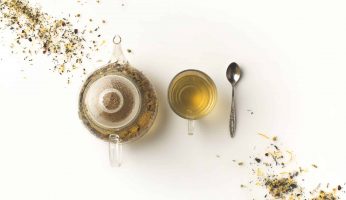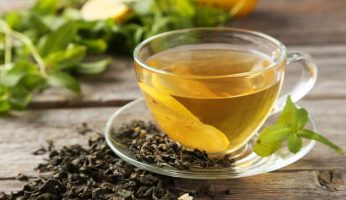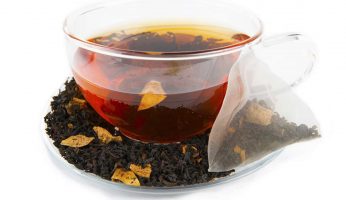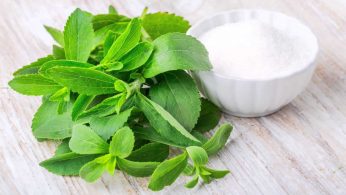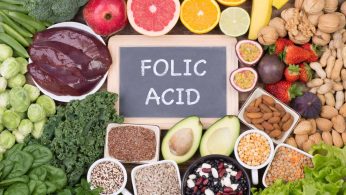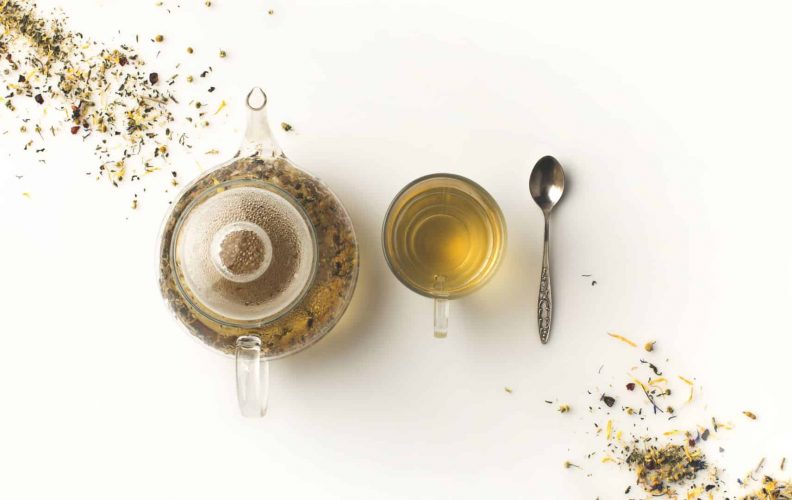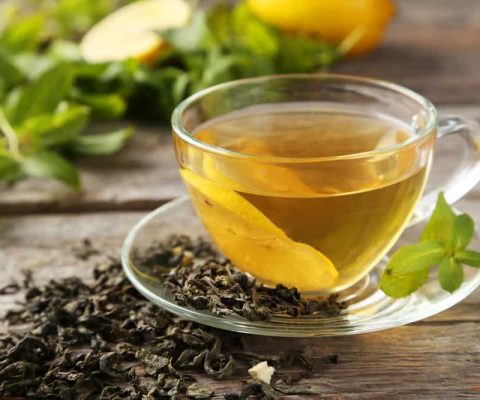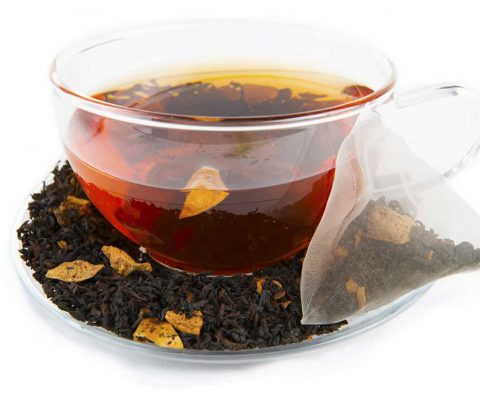White Tea vs Green Tea – Which Is Better?
Disclosure: We use affiliate links and may receive a small commission on purchases.
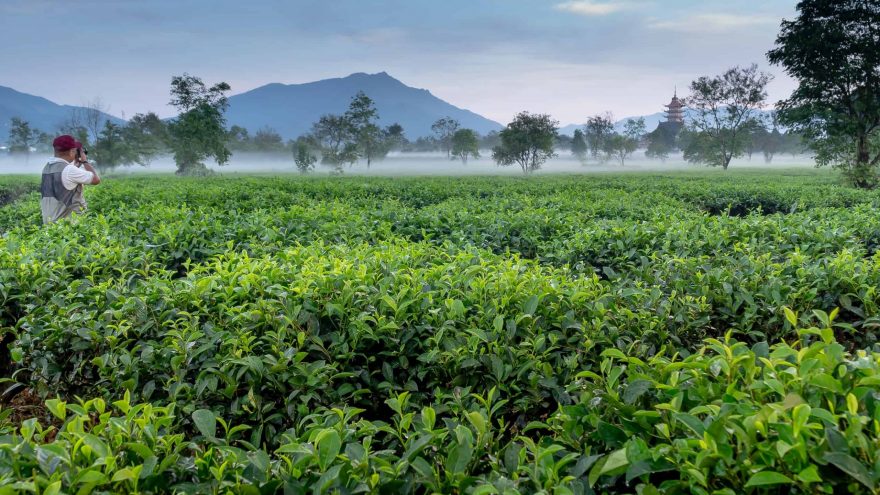 White Tea vs Green Tea – Which Is Better?
thefitbay.com
White Tea vs Green Tea – Which Is Better?
thefitbay.com
Tea is the second most widely consumed beverage in the world (after water). Most people can’t begin their day without their morning cup of tea. Whether it’s the taste you love or the health benefits, tea has now become an integral part of many cultures.
The recent years have enlightened us on the numerous health benefits that tea provides. Regular consumption of tea can help reduce cardiovascular diseases, lower cholesterol, and much more (1)!
Let’s take a look at how processing the leaves can lead to two completely different types of tea with various benefits and characteristics.
The Difference Between White Tea vs Green Tea
Green tea and white tea are both made from the leaves of the same plant. The difference in taste and properties is due to how they’re processed. White tea is very lightly oxidized and made from the leaves and buds of the Camellia Sinensis plant. Green tea is produced from the leaves of the plant and oxidized more during processing.
The manner of processing is what results in both the teas having individual properties and benefits. Due to its light oxidation, white tea retains more of its plant chemicals and beneficial compounds as compared to green tea.
Characteristics of White Tea vs Green Tea
The characteristics of green tea are distinct from those of white tea. The two major types of green tea (Japanese green tea and Chinese green tea) are unique in taste because of the regions they’re grown in and the way that they’re cooked.
Japanese green tea is steamed or double steamed, whereas Chinese green tea is pan-fried or baked. The steaming gives Japanese green tea a more floral taste compared to the nuttier and less grassy flavor of Chinese green tea.
White tea is processed from immature tea leaves and buds of the Camellia Sinensis plant. The buds and leaves of the plant are steamed and dried immediately after harvesting to prevent oxidation and help preserve high antioxidant content.
Processing
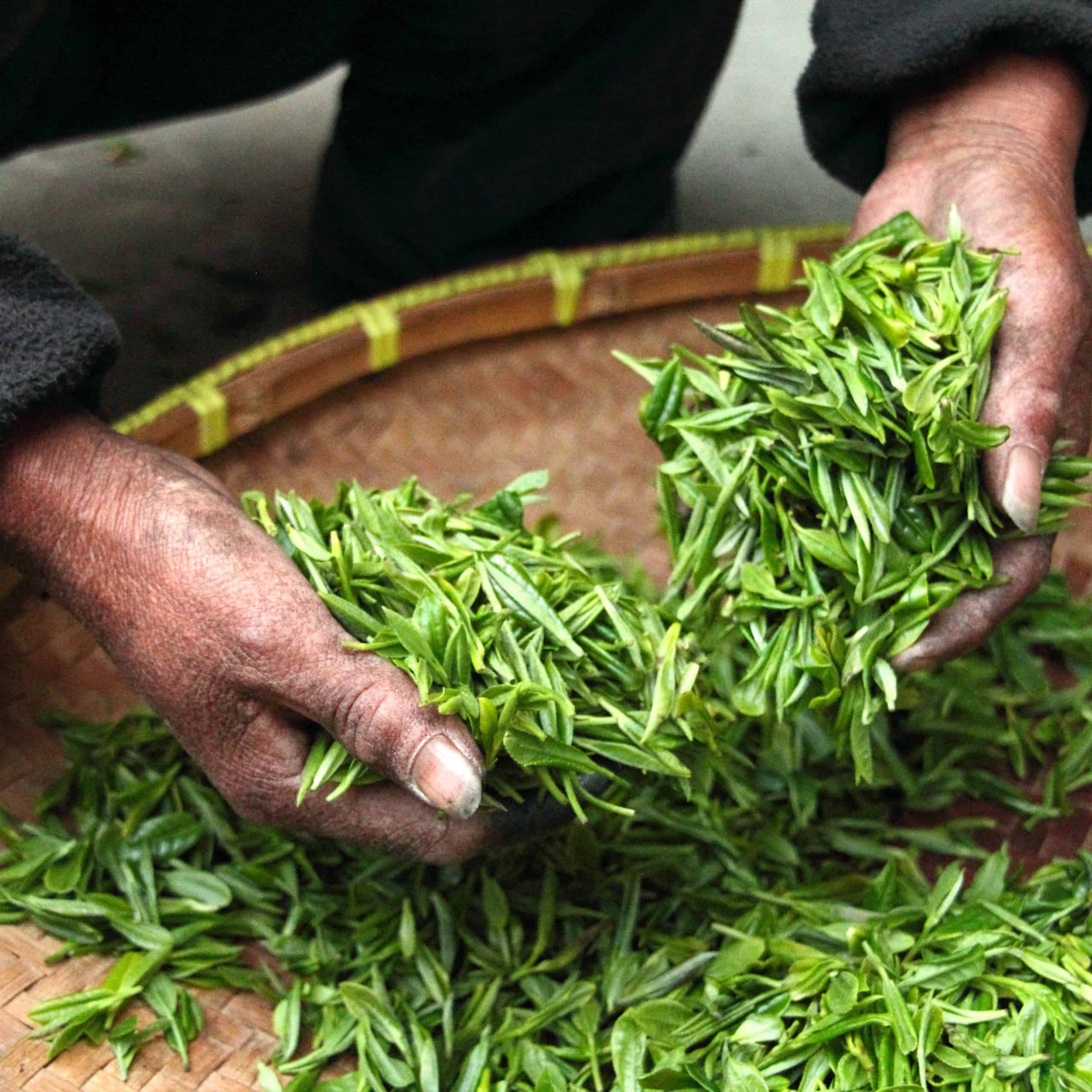
The characteristic in taste, texture, and properties between white tea and green tea is due to how they’re produced. Whether it’s green tea or white tea, both require processing immediately after harvesting. Here are the steps involved in tea processing are the following:
- Withering.
- Rolling.
- Fermentation or oxidation.
- Drying.
Let’s take a look at what each of these processes entails and the ways leaves are treated before they reach our home—and our teapots.
Withering
Withering is done to reduce moisture content in the leaves and to help the flavor compounds to develop. They can be withered indoors and outdoors (depending on preference, space, etc.) to reduce their moisture content by as much as 30 percent.
During controlled withering (indoor withering), leaves are aerated by placing them on large metal containers. A warm stream of air flowing through the vents of the vats helps in the withering process.
If the leaves are withered for a short period of time, they retain their grassy flavor and appearance, whereas a long withering time results in a stronger flavor and darker looking leaves.
Rolling
During this stage, leaves are introduced into giant containers. They’re then spun around until they’re squeezed and get tangled with each other. Rolling helps all the components of the leaves come into contact and produce the distinct flavor of tea that we all love so much.
Tea leaves are normally rolled for 40 minutes to an hour to ensure that each of the leaves have broken and secreted the enzymes required.
Fermentation or Oxidation
Oxidation results in the leaves turning a brownish color while also amplifying the flavor of the tea. The different intensities in essence and the look of the tea leaves is due to the amount of oxidation the leaves undergo.
During this stage, withered and rolled leaves are spread in a room with a controlled environment (specific humidity and temperature) and left to ferment for some time. Fermented leaves are then heated in a pan to stop the oxidation process. The flavor of the tea is extremely dependent on the duration of fermentation, the temperature and humidity, and when it’s heated.
Drying
As the name describes it, this is the step where the tea leaves are consistently dried before packaging. Even though it sounds simple, drying must be done in a controlled environment to ensure that the tea doesn’t lose any of its flavor or aroma.
During this process, white tea leaves and green tea leaves are almost completely dehydrated, and the oxidation process is completely stopped. Leaves are placed on moving belts that pass through hot air for a specific period of time to ensure quality.
Different Types of Tea Plants
The tea which we drink comes from two main species of the Camellia Sinensis tea plant. The Camellia Sinensis Sinensis and Camellia Sinensis Assamica.
Camellia Sinensis Sinensis
Native to China, this species of tea plant is used to make green and white tea. Although it has a high tolerance for cold, it also grows in sunny regions with cool and dry climates. This variant has smaller leaves and was commonly used as a medicinal drink in ancient China.
Camellia Sinensis Assamica
Commonly found in the Assam district of India, this variety of tea has larger leaves and grows in areas with a warm and moist climate. This species is typically used to make strong-flavored black tea.
Taste
The taste of the tea may differ depending on the region it’s grown in. If you’re looking for a brew that has a stronger, more leafy taste, then green tea is the perfect pick for you.
White tea has a more subtle and mild flavor when compared to green or black tea.
Amount of Caffeine
Green tea has a higher caffeine content compared to white tea. Typically, teas with younger buds contain more caffeine. However, you should keep in mind that the steeping time and temperature play a major role in the amount of caffeine released by the leaves.
In general, the higher the temperature and longer steeping time, the more caffeine is released. For some of us, caffeine is a much-needed pick-me-up during the day, and we consume it in many forms. For those of you who can’t tolerate it, it’s advisable to try white tea and stay away from green and black teas.
Recap
Both green tea and white tea come from the Camellia sinensis plant. Several processing methods give tea their different tastes and characteristics. During processing, tea leaves go through four major stages: withering, rolling, oxidation, and drying.
The temperature and humidity during these stages have a great impact on the flavor and quality of tea.
Benefits of Consuming Green Tea
An essential compound in green tea that provides a myriad of health benefits is a plant chemical known as Flavonoid (2). Let’s take a look at some of the advantages of consuming green tea:
- Protects brain health by destroying free-radicals and heavy metals.
- Aids in maintaining a healthy weight.
- Protects collagen in the skin and keeps skin healthy.
- Reduces the risk of cancer and other chronic inflammatory diseases.
Nutrition and Antioxidants
Green tea (unsweetened) doesn’t contain any proteins, fats, or carbohydrates. Green tea gets its name as a nutritional wonder drink through the catechins, theanine, vitamins, and minerals it contains.
Catechins can be further broken down into four categories: Epicatechin, Epigallocatechin, Epicatechin gallate, and Epigallocatechin gallate, each of which provide nutritional benefits.
Green tea contains Vitamin C and Vitamin E, all of which have antioxidant properties. Vitamin C plays a vital role in the prevention of any lifestyle diseases such as cancer, whereas Vitamin E helps protect the lipids within our body from oxidizing.
Effect on Weight Loss
It’s commonly believed that green teas play a very important role in aiding weight loss. The theory is that caffeine and catechins help increase our body’s metabolism and burn more calories, resulting in weight loss.
However, it should be noted that tea is no miracle drink that can make you lose weight overnight. Although tea has many health benefits and may overall aid in losing weight, you should not solely depend on it and also adhere to a regime of exercise and a healthy diet.
Benefits of Consuming White Tea
Due to the higher concentration of antioxidants, white tea leaves also provide a variety of health benefits to consumers (3). White tea can have a variety of applications, including:
- Acts as an antioxidant.
- It has anti-inflammatory properties.
- Helps prevent negative mutations in potentially harmful compounds.
- It helps prevent cancer.
Nutrition and Antioxidants
White tea is rich in antioxidants and catechins due to the minimalistic manner in which it’s processed. White tea extract is known to kill bacteria, fungi, and viruses in our system.
The polyphenols present in white tea are effective in fighting against colon cancer, reducing blood pressure, lowering cholesterol, and much more (4)!
Since white tea is closer to its natural state compared to green tea and black tea, it contains more polyphenols (antioxidants) than any other type of tea.
These antioxidants aid our body’s immune system in fighting against a variety of diseases and bacteria, along with lifestyle-related health issues.
Effect on Weight Loss
Consuming white tea positively affects the way your body metabolizes food and fat. This, coupled with caffeine (which makes you active), plays a major role in aiding weight loss.
Since white tea has extremely low caffeine content, you shouldn’t expect the caffeine to play a major role in aiding weight loss. Only consuming white tea without any exercise will not help you lose any considerable amount of weight.
Recap
Both white tea and green tea have various health benefits. White tea is richer in antioxidants and has less caffeine content compared to green tea.
Due to the numerous plant chemicals present, both white vs green tea are extremely effective in aiding overall wellness and preventing any lifestyle-related issues.
Green tea protects brain health, aids in weight loss and anti-aging, and reduces the risk of cancer. White tea acts as an anti-inflammatory, antioxidant, prevents negative mutations in potentially harmful compounds, and also helps prevent cancer.
So Which One Do You Pick?
When choosing the type of tea that will literally be ‘your cup of tea,’ it’s important to consider why you’re consuming the drink. Are you drinking it for the health benefits or the taste? Do you drink tea on occasion or regularly?
Depending on how you answer the above questions, there are a range of options available to you. White tea is extremely healthy but has a mild flavor. Due to the arduous processing method, it’s the more expensive of the two.
When it comes to green tea vs white tea, there are various factors to consider. Green tea certainly has its health benefits, but it has a higher caffeine content than white tea. It’s easily available all across the globe and reasonably priced.
It’s important to note that due to the plant chemicals present (in various concentrations) in both teas, it may be more beneficial for your health to alternate between the two and consume it in measured amounts.
That being said, both green and white tea are extremely healthy as a regular dietary addition (5). Personally, I need my daily fix of caffeine, so my preference leans more toward green tea. However, it’s completely up to you at the end of the day.
Conclusion
Since both green and white tea come from the same plant, they both have the same chemicals in separate concentrations. The flavor, caffeine concentration, and nutritional value all depend on how the tea is processed.
An important thing to note is that even though white tea has more antioxidants than green tea, it’s also significantly more expensive. Since both tea types will positively affect your health, when it comes to green tea vs white tea, it’s up to you to decide what suits you better.
Give your taste buds a treat by choosing green tea for its rich flavor or opt for a more subtle and healthy white tea.

